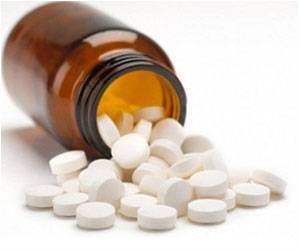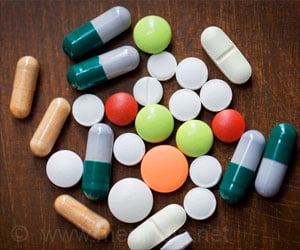There could be increasing concern over the side effects of various drugs. But risks in day to day activities are equally great, researchers have found.
Concern over side effects of various drugs could be increasing, especially so in the wake of some high profile recalls like Vioxx, the osteoarthritis drug.
But don’t throw the baby with bathwater, advise Boston researchers at the Tufts-New England Medical Center.In an analysis appearing in the May/June issue of Health Affairs, researchers compared half a dozen risky drugs to various occupational, recreational and transportation activities, with sometimes surprising results. For instance, few people know that aspirin carries a high risk of gastrointestinal bleeding.
"You can't evaluate the acceptability of a risk without also looking at the benefit of associated activities, because risks are inevitable in all areas of life," study author Joshua Cohen said. "We wanted to see if we could compare risks associated with medication use with other risks that people might be more familiar with."
To that end, Cohen and a colleague evaluated the risk of dying after the use of six drugs: smallpox vaccine; antihistamines for the treatment of allergies for four months out of every year; aspirin for cardiovascular protection; clozapine to treat schizophrenia; Tysabri, a multiple-sclerosis drug; and Vioxx, the now-retired painkiller.
These were then compared to various non-drug activities, with these findings:
* Taking aspirin carries a risk of death similar to driving a car or working as a firefighter. "Motor vehicle risk I've always known to be a very big risk," Cohen said. "The risk associated with aspirin is just as big."
Advertisement
* The odds of dying from aspirin, clozapine, Tysabri and Vioxx are about equal to the corresponding risk for driving in a passenger car.
Advertisement
* Aspirin, clozapine, Tysabri and Vioxx all had risks equal to or greater than the annual mortality risks for firefighters and law enforcement workers (about 11 per 100,000 person-years). The most risky occupation -- tree fallers -- was much higher than any drug, at 360 per 100,000 person-years.
* Rock climbing (36 deaths per 100,000 person-years) had a mortality rate about equivalent to clozapine, while climbing in the Himalayas (13,000 per 100,000 person-years) had a higher risk of death than any of the drugs studied.
* And, just as a curiosity, the researchers found that motorcyclists can potentially face annual fatality risks that are 40 times as great as passenger car travelers, while taxi drivers face three times the death risk of firefighters.
"What we found, and this isn't a huge surprise, is that there are a lot of activities that people engage in voluntarily that have associated with them risks comparable to medication risks," Cohen said. "People must be taking into account benefits for those activities."
But perhaps the illustrations highlighted in this paper will help people make those decisions more clear-headedly, he said.
"When it comes to medication, we have to be methodological and cool-headed in looking at risks, not that they should be ignored, but we need to look at them within a framework," Cohen suggested.. "We need a way of thinking about these risks rationally."
Source-Medindia
GPL/V





